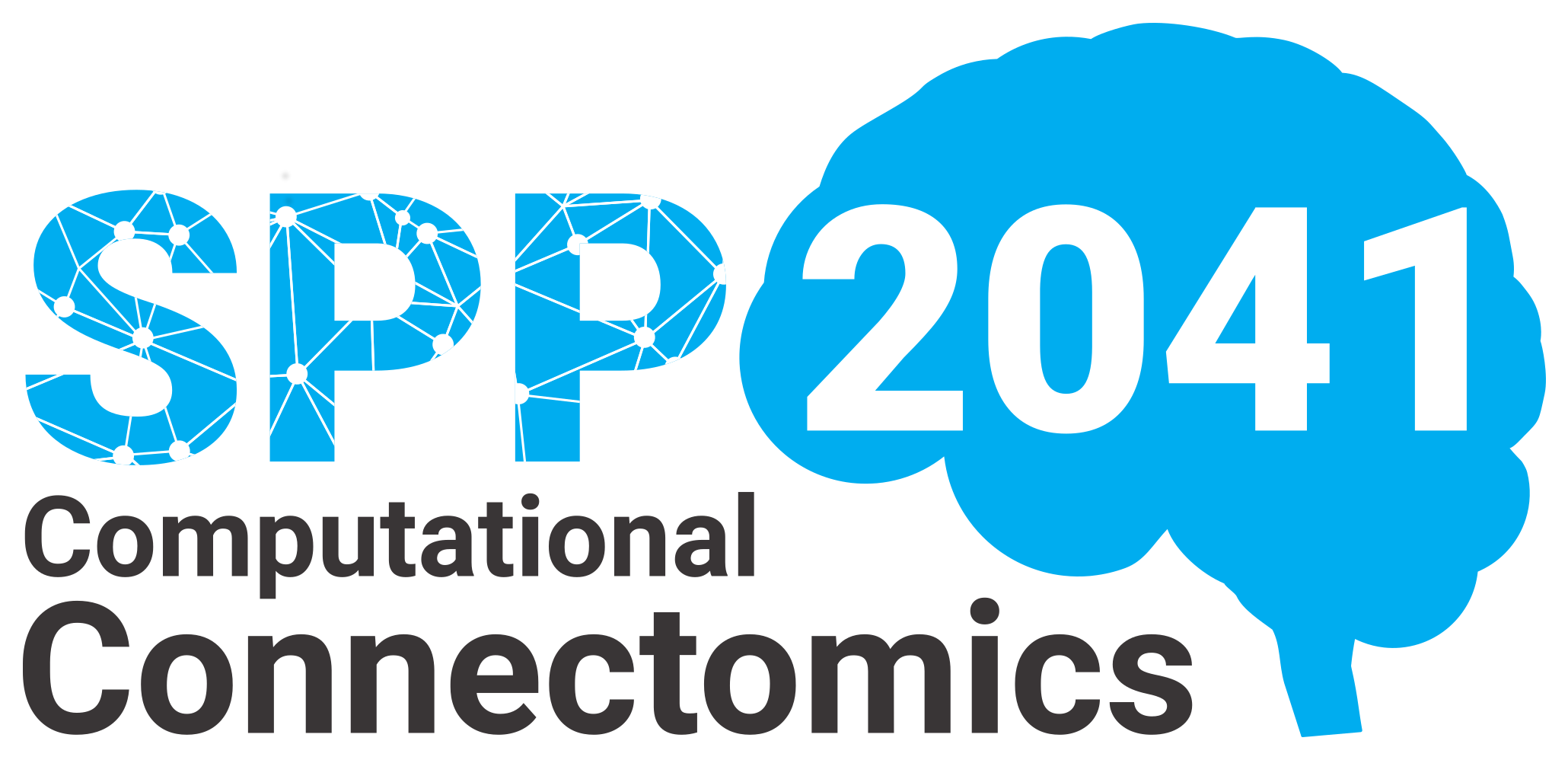Multi-scale analysis and computational modeling of intrinsic coupling modes in the ferret brain
Intrinsically generated dynamic coupling constitutes a key feature of brain activity. Available evidence suggests the existence of two types of intrinsic coupling modes (ICMs): Phase ICMs arise from phase coupling of oscillatory signals, whereas envelope ICMs result from coupled fluctuations of signal envelopes. Our overall goal is to systematically analyze and computationally model these types of ICMs in the ferret brain. Phase ICMs are widely studied neurophysiologically but are not yet well understood in terms of modeling their relation to the structural connectome. Envelope ICMs have been extensively explored in connectomic models but are not well investigated with neurophysiological approaches. The interaction between these ICMs is almost completely unexplored and they have not yet been analyzed systematically in the same datasets. Using structural and functional connectomic datasets including large-scale electrocorticographic (ECoG-) recordings that we have previously acquired in the ferret, we will analyze both phase and envelope ICMs and provide a coherent computational modeling approach based on the structural connectome. The project will (1) investigate phase ICMs by combining analysis of neurophysiological data and computational modeling, (2) analyze and model envelope ICMs, and (3) investigate which interactions occur between phase and envelope ICMs. Overall, our project will contribute to key objectives of SPP 2041 by undertaking systematic analyses of complex network connectivity and developing computational models for explaining how network structure gives rise to neural dynamics.
Principal Investigators
Professor Dr. Andreas K. Engel
Universitätsklinikum Hamburg-Eppendorf
Zentrum für experimentelle Medizin
Institut für Neurophysiologie und Pathophysiologie
Professor Dr. Claus C. Hilgetag
Universitätsklinikum Hamburg-Eppendorf
Zentrum für experimentelle Medizin
Institut für Computational Neuroscience
